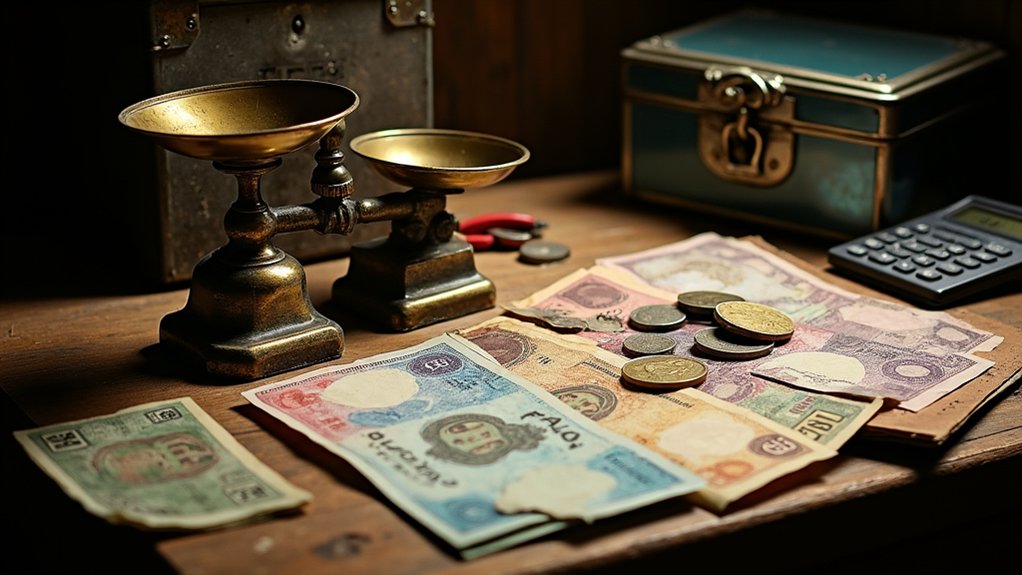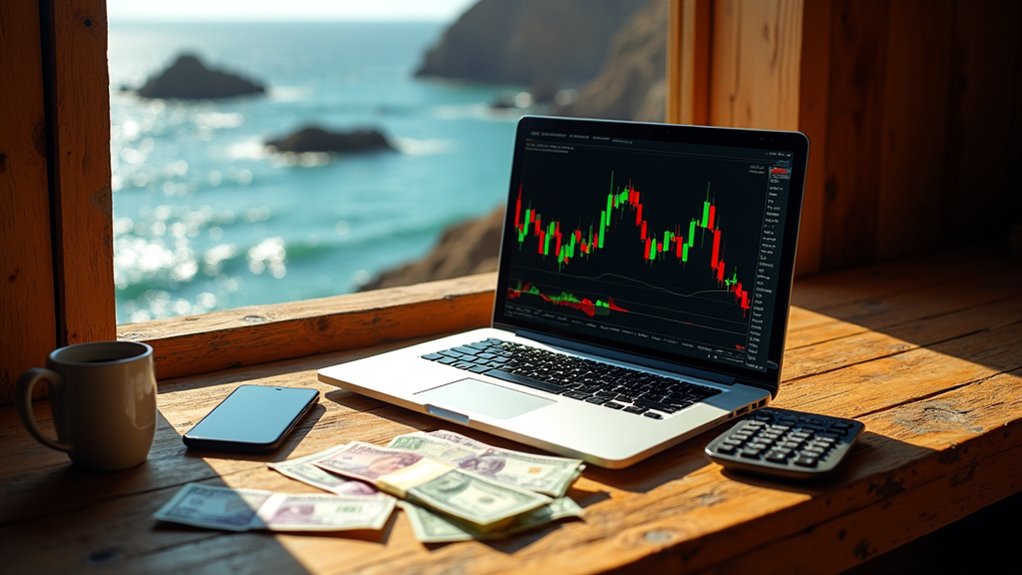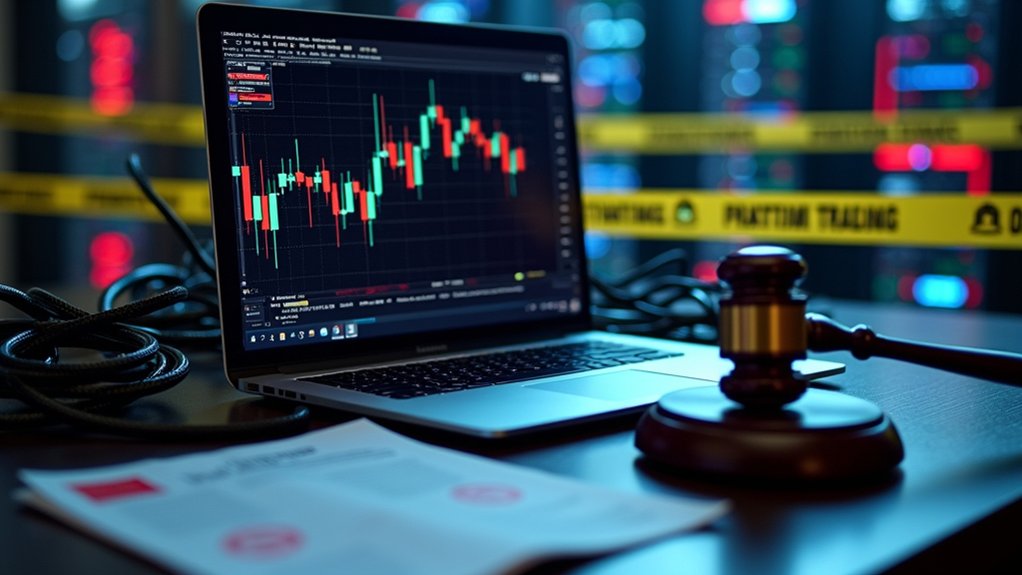São Tomé and Príncipe has no retail forex market, no dedicated regulator, and a central bank that treats speculative currency trading like smuggling—yet offshore brokers still target islanders with promises no sane person should believe. The legal framework is a patchwork from the 1990s. No MT4 platforms operate locally. Currency controls require licensing for foreign transactions. Scams thrive in the regulatory vacuum, and approximately 32% now originate on social media. Institutional weakness isn't a bug—it's the entire system. The outline below unpacks what actually happens when money meets desperation.
Quick Facts That Matter
- São Tomé and Príncipe has no specific forex regulations; retail trading operates in a legal gray zone with virtually no oversight.
- No retail broker infrastructure or MT4 platforms exist locally; speculative trading is effectively prohibited by Central Bank currency controls.
- Traders face high scam vulnerability with no client fund protections, and weak anti-money laundering protocols enable organized fraud.
- International payment options are limited; currency transactions require licensing and Central Bank verification under strict capital controls.
- Enforcement is severely hampered by resource-strapped law enforcement, judicial corruption, and systemic institutional weakness throughout the regulatory framework.
Overview: Forex Trading in São Tomé and Príncipe
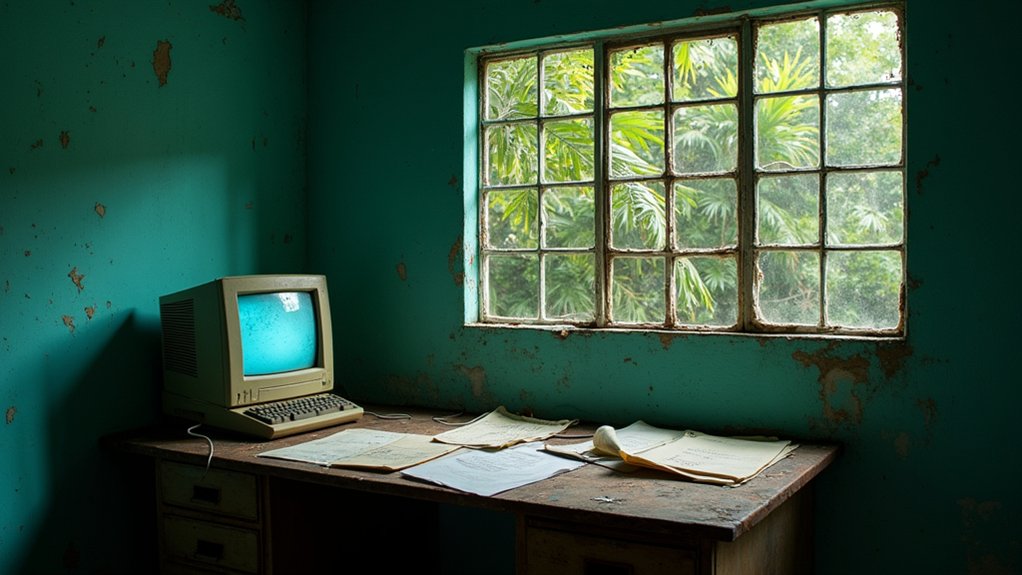
In a country where most people have never heard of MetaTrader 4, forex trading remains a foreign concept in more ways than one.
São Tomé and Príncipe doesn't even have a stock market, let alone a thriving retail forex scene. The Central Bank manages the dobra's exchange rate against major currencies, but that's about managing the country's monetary policy, not facilitating day traders.
Information about forex brokers, trading platforms, or regulatory frameworks for retail traders is virtually nonexistent. The infrastructure simply isn't there.
For perspective, even neighboring Republic of the Congo has more established currency trading infrastructure and market information available to potential forex participants.
Whether anyone is actually trading forex from this tiny island nation remains unclear at best.
Is Forex Trading Legal in São Tomé and Príncipe?
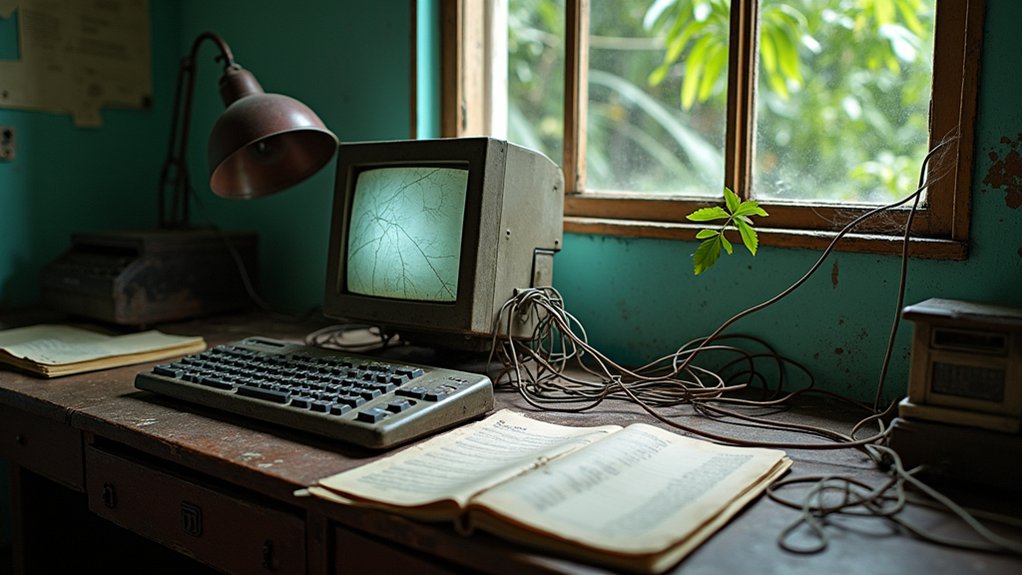
The real question isn't whether forex trading is legal—it's whether anyone has bothered to write laws about it in the first place.
São Tomé and Príncipe has no specific forex regulations for retail traders. What exists instead: a Financial Institutions Law from 1992, a Foreign Exchange Law from 1999, and the National Bank overseeing it all. Banks need licenses. Currency exchanges need approval. But individual forex trading? That's operating in a regulatory gray zone.
The country has rules for banking, rules for foreign investment, rules for moving money across borders. Exchange operations officially cover currency purchase and sale, imports and exports, current invisible operations, and foreign bank accounts—but retail forex platforms aren't explicitly mentioned. Without clear legal frameworks addressing foreign exchange trading activities, individual traders operate without specific compliance requirements or regulatory protections. Retail forex specifically? Cricket sounds.
Who Regulates Forex Trading in São Tomé and Príncipe?

Nobody's really watching the forex shop in São Tomé and Príncipe—that's the short answer.
The Central Bank of STP (BCSTP) supervises the financial system and handles foreign exchange stuff, but there's no dedicated forex regulator. Zero. AGER exists, but it babysits telecom and utilities. DRCAE monitors commerce under the Secretary of State, not currency trading. The Ministry of Finance authorizes investments, and the Investment Agency handles certificates. Foreign capital projects need Central Bank registration. That's it.
The regulatory framework? Picture a safety net with gaping holes. Forex operates in a gray zone—legal but effectively unsupervised. Without proper oversight, there's no guarantee that brokers maintain segregated client funds separate from their operational capital, leaving traders vulnerable to mismanagement or fraud.
How Forex Trading Works in São Tomé and Príncipe

Retail forex trading barely exists in São Tomé and Príncipe—at least not in the way most people imagine it.
There's no MT4. No slick broker apps. No one-click deposits. The Banco Central runs a tight ship, controlling who exchanges what and when. Speculative trading? Prohibited outright.
Want to swap Dobras for Euros? Fine—but document everything and go through a bank.
Other currencies like dollars or pounds? Even more restricted. Every transaction needs licensing, verification, endless paperwork.
The government watches it all. This isn't a market. It's a bureaucratic maze with currency controls at every turn.
Similar central bank intervention strategies exist in other African and developing economies, where monetary authorities tightly manage exchange rates and foreign currency flows to maintain economic stability.
Best Time to Trade from São Tomé and Príncipe

If anyone in São Tomé and Príncipe could actually trade forex—which they can't, legally—they'd need to know when the global market moves.
The sweet spot? 14:00-18:00 WAT, when London and New York overlap. That's when EUR/USD and GBP/USD actually have liquidity.
Tokyo runs 01:00-10:00 WAT, Sydney 23:00-08:00 WAT.
The dead zone hits 23:00-01:00 WAT—wider spreads, slippage, frustration.
Overlap periods pump 2-3x more volume than solo sessions. Peak hours mean tighter execution. Off-peak means watching your trade slip like soap.
Different currency pair combinations perform better during specific market sessions depending on their regional ties.
Daylight savings messes with Northern Hemisphere timing twice yearly. The forex market closes on weekends—no trading Saturday or Sunday, regardless of your time zone.
Payments, Deposits and Withdrawals in São Tomé and Príncipe
When it comes to moving money in and out of São Tomé and Príncipe for forex trading, the options are thin.
Cash still dominates daily life.
Four commercial banks operate under the Central Bank's watch.
Debit cards exist, but don't expect modern payment infrastructure everywhere.
International transfers? MoneyGram and Western Union work.
Some newer platforms like Afriex are emerging.
VISA and MasterCard arrived in May 2021—better late than never.
Mobile money is growing, which matters since phone penetration is high.
Bank transfers are cheapest for funding accounts.
Credit cards faster.
The banking sector has ties to Portuguese networks, which helps with international movement.
Before choosing a broker, verify their licensing status and regulatory compliance.
Afriex-to-Afriex transfers provide instant access for users within the app, though availability may be limited.
Taxes, Reporting and Money Rules in São Tomé and Príncipe
Tax law in São Tomé and Príncipe operates on a sliding scale that frankly favors the big players. The Tax Benefits Code kicks in at €50,000, offering half the available perks. Hit €250,000? Full benefits become available. Cross €5 million and you're swimming in “enhanced incentives.”
Meanwhile, retail forex traders exist in what officials politely call a “regulatory grey area”—which is code for nobody's written the rules yet. The BCSTP supervises local finance, but specific forex legislation? Nonexistent. Foreign exchange regulations permit capital flows under Articles 13 and 14, though re-export provisions apply to foreign currency bank accounts. Central banks typically employ monetary policy tools and regulatory functions to manage currency stability and foreign exchange market interventions, though São Tomé and Príncipe's framework remains underdeveloped for retail forex activity.
Forex Trading Scams and Risks in São Tomé and Príncipe
Why does fraud bloom in places regulatory sunlight never quite reaches?
São Tomé and Príncipe checks every box scammers love. Ponzi schemes dress up as legit brokers. Fake platforms let traders deposit but never withdraw. Signal sellers peddle worthless predictions for premium fees. The country's anti-money laundering protocols fall short of global standards. Corruption weakens the judiciary. Law enforcement lacks resources and training. Corporate financial information? Rarely available, usually unreliable. High unemployment makes desperate people easy marks. The fragile economy creates fertile ground for organized fraud. Approximately 32% of forex scams now surface on social media platforms such as Facebook, TikTok, Twitter, Instagram and Telegram. When brokers do block access to funds, traders must contact the broker directly, escalate to regulatory authorities, and consider legal remedies if withdrawal issues persist. Institutional weakness isn't a bug here—it's the entire operating system.
Quick Q and A
Can I Trade Forex From São Tomé and Príncipe Using a VPN?
VPN usage for forex trading from São Tomé and Príncipe lacks specific regulation. While forex trading is legal domestically, traders should verify individual broker terms regarding VPN connections, as some platforms prohibit VPN use regardless of trader location or intent.
No documented evidence exists that international brokers report trading activity to São Tomé and Príncipe authorities. The country lacks formal forex regulations and reporting frameworks. Brokers primarily comply with their own licensing jurisdiction's requirements, not São Tomé's regulations.
What Happens to My Funds if My Broker Suddenly Goes Bankrupt?
If a broker becomes insolvent, customer funds held in segregated accounts are typically transferred to another brokerage firm. SIPC provides up to $500,000 protection per account for missing assets, though forex positions may have limited coverage.
Are There Capital Controls Limiting How Much Money I Can Move Abroad?
Specific capital control regulations for São Tomé and Príncipe are not publicly documented in available sources. Traders should consult the Central Bank of São Tomé and Príncipe directly regarding foreign exchange restrictions before transferring funds internationally.
Can I Open a Joint Forex Trading Account With My Spouse?
Most international forex brokers do not offer joint accounts for São Tomé and Príncipe residents. Each spouse typically must open individual accounts. Traders should contact their chosen broker directly to confirm specific account ownership policies and documentation requirements.
The Bottom Line
Forex trading in São Tomé and Príncipe exists in a regulatory gray zone. No local watchdog. No real protections. Traders click through pages of legalese without reading a word, then wonder why withdrawals get delayed or accounts get frozen. The fine print matters—leverage caps, fee structures, jurisdiction clauses. All buried in documents nobody bothers with. International brokers operate freely while locals gamble on currency pairs. Read the terms or don't. But ignorance won't save anyone's money.



